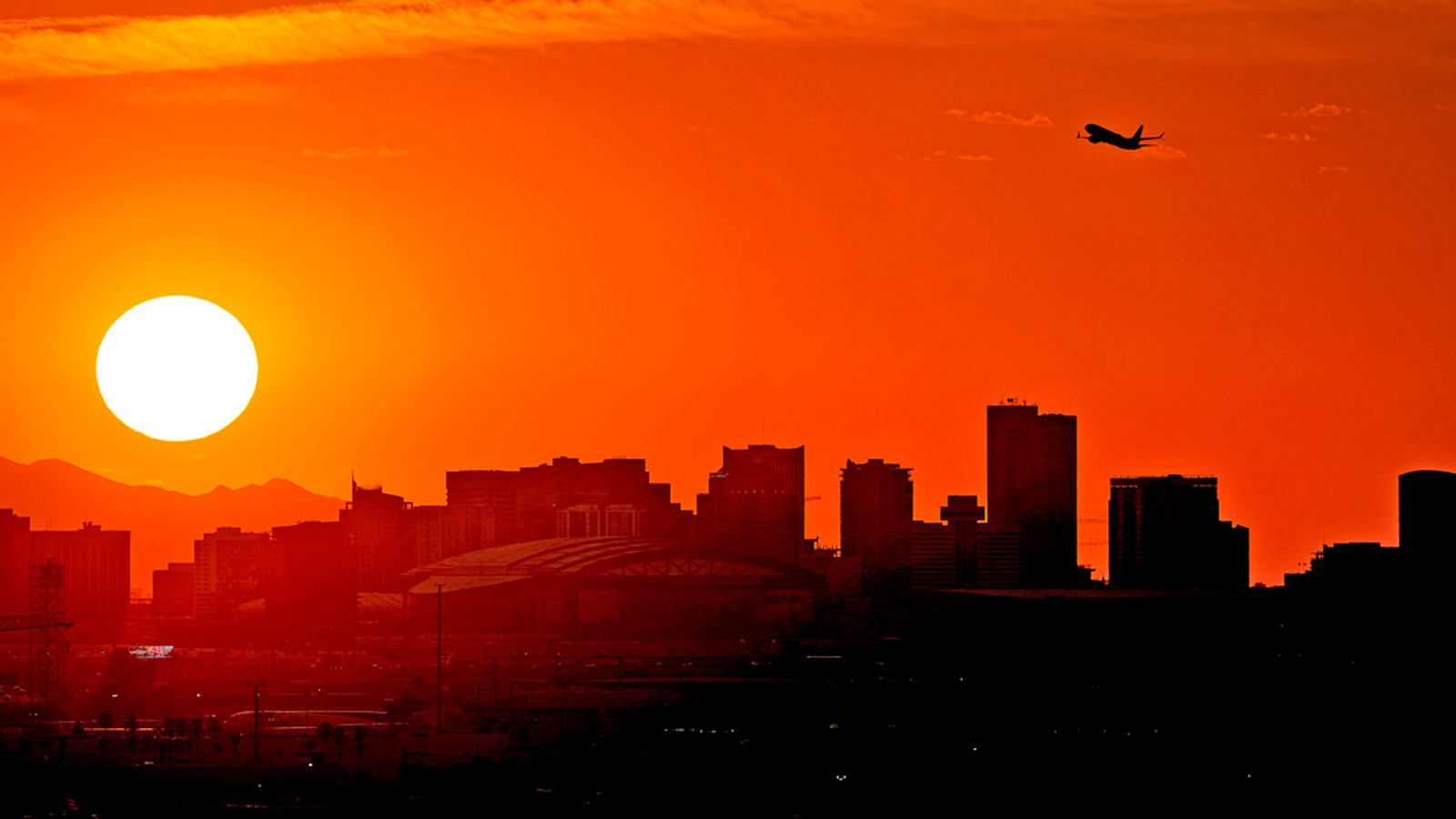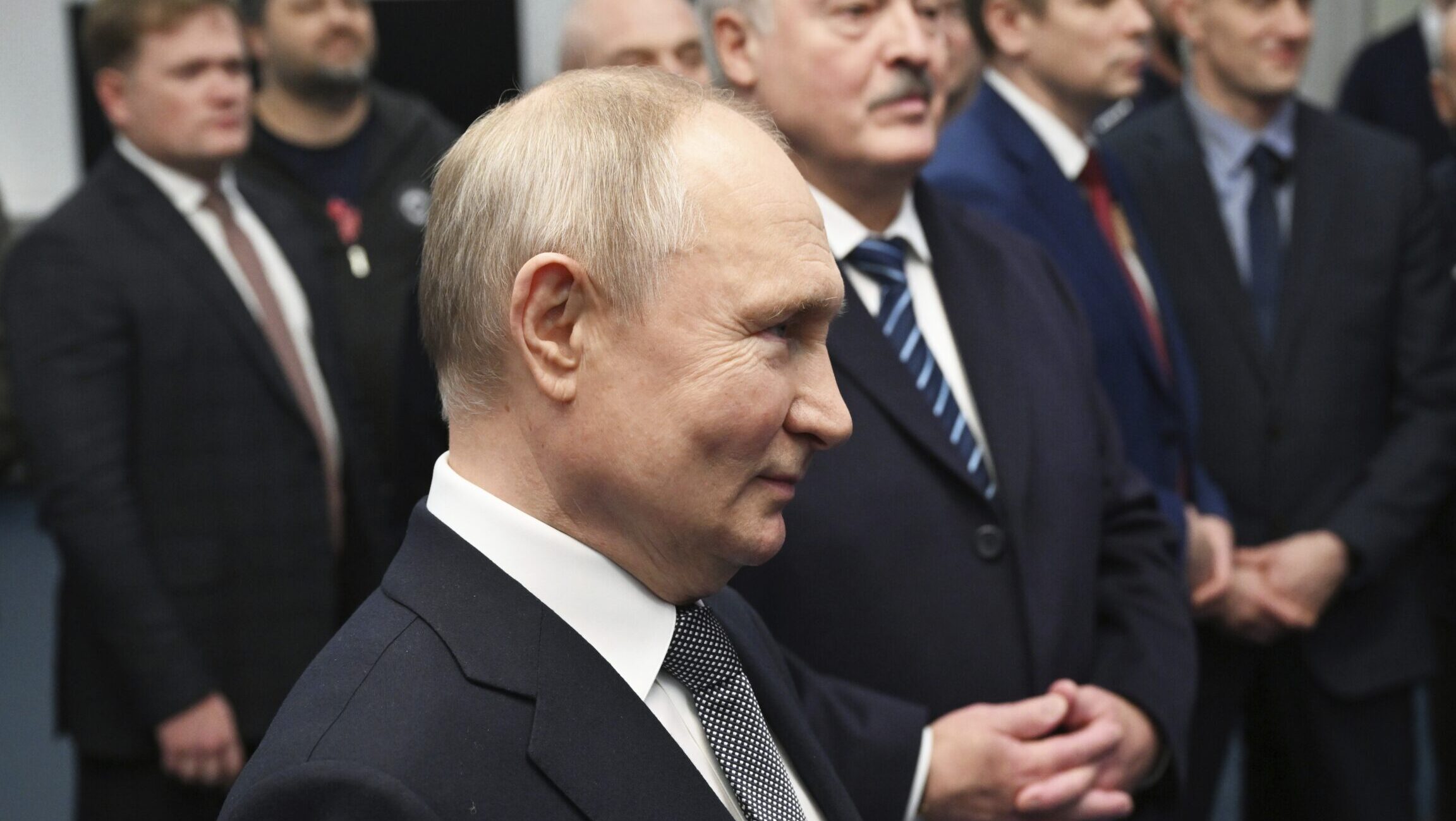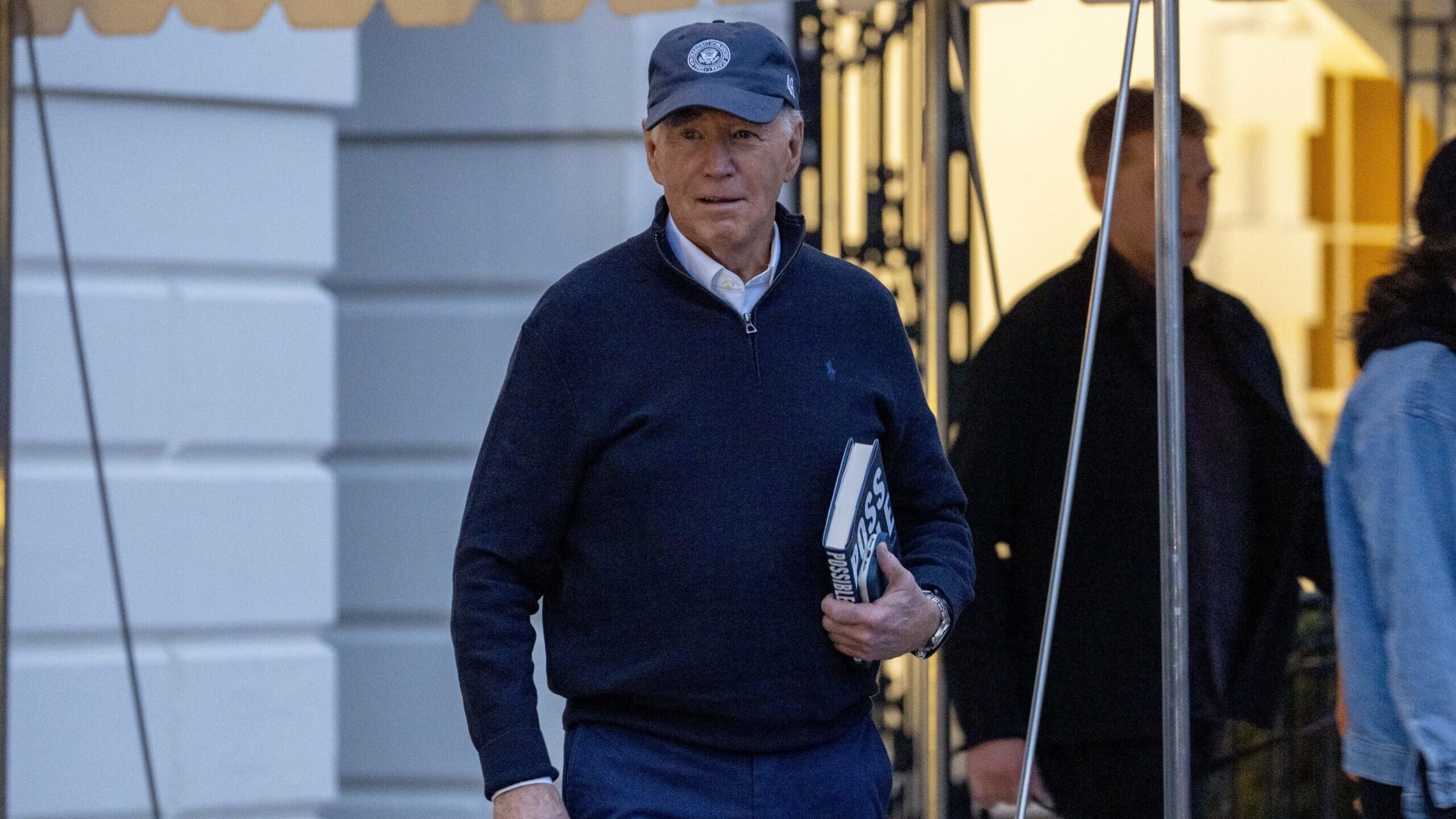Soldier’s death sparks debate over arming medevacs
Feb 13, 2012, 11:25 PM
Associated Press
BAGRAM AIR FIELD, Afghanistan (AP) – It took a medevac unit 59 minutes to get U.S. Army Spec. Chazray Clark to a hospital in southern Afghanistan after receiving a call that a roadside bombing severed three of his limbs. Clark did not survive.
“I need something, please. It hurts,” Clark, a 24-year-old combat engineer from Detroit, can be heard saying on a videotape as he waited in the dark for the helicopter.
But the rescue aircraft was unarmed, as are all Army medevacs. And the pre-dawn pickup zone in the Zhari district of Kandahar province was considered “hot,” or dangerous, meaning the medevac could not swoop in for the pickup until another chopper with firepower arrived to provide cover.
In Clark’s case, the military says there was a delay in determining whether any armed escort helicopters already in the air could be diverted to the scene. It’s unclear how long that lasted and whether it made a difference. Army officials said they could not disclose the time Clark died because of a policy not to reveal medical information about casualties.
About 20 U.S. lawmakers have written to military officials inquiring about the Sept. 18, 2011 incident, which has revived a debate over whether Army medevac helicopters should have their own guns.
“I feel like they should be armed. They’re in war. Why aren’t they armed? These young men and women are risking their lives,” the soldier’s mother, Keyko Davis-Clark, said by telephone from her home in Romulus, Michigan.
Clark’s mother, some medevac pilots and others who want to see the medevacs armed note that helicopters fly in pairs in Afghanistan. If both are armed, escorts wouldn’t be needed and both could evacuate patients from the battlefield. That amounts to greater capacity, not less, they say, and there would be no waiting for escorts.
In a Feb. 7 letter to a lawmaker, U.S. Gen. Martin Dempsey, chairman of the Joint Chiefs of Staff, said the U.S. Central Command, which oversees Afghanistan, would be directed to review guidelines on the use of escort aircraft.
Army officials say that waiting for an escort is rare, and that installing machine guns, ammunition and soldiers to man them would add roughly 600 pounds to a medevac chopper. That extra weight would limit its ability to fly in some high-altitude areas of Afghanistan and reduce the number of patients who could be evacuated at a time.
“They try to lighten the aircraft as much as they can. They take seats out. They do all kinds of stuff,” said Maj. Gen. Richard Thomas, surgeon general of U.S. forces in Afghanistan. “Weight is their enemy. They need to get lift and you need to get speed.”
Unlike the Army medevacs, which are emblazoned with red crosses, the Air Force, Special Operations Command and the British fly search-and-rescue and medevac missions with armed aircraft. They do not have red crosses, which can be displayed only on unarmed aircraft, according to the Geneva Conventions.
The Army’s goal is to get the most critically injured troops, or Category A patients, to a medical facility within 60 minutes after someone on the battlefield calls for the rescue. Clark reached the hospital one minute within the goal.
The Army says that last year 167 Category A missions took longer than 60 minutes, nine of them because the medevac was waiting for an air weapons team. None of these delays affected the outcome for the patient, according to the Army.
“You rarely wait” for an escort,” said Maj. Graham Bundy, a medevac commander from Sussex, Wisconsin, who is stationed at a hangar at Bagram Air Field that operates like a firehouse waiting for a casualty call. “They could be off doing something else and get re-tasked (to escort a medevac) and that could cause a delay. In six months, I can’t think of an instance.”
The Army boasts that a service member wounded in Afghanistan currently stands a 92 percent chance of surviving _ the best rate of any war.
Clark was among the 8 percent who didn’t.
After the explosion, Clark’s fellow soldiers applied tourniquets to stop his bleeding. They were hopeful that he might survive even though both of his legs and most of his left arm were severed in the blast.
A videotape of the incident filmed by author Michael Yon shows Clark writhing in pain. Yon, who writes articles often critical of the military on his online magazine, was embedded with Clark’s unit, the 1st Heavy Brigade Combat Team, 1st Infantry Division out of Fort Riley, Kansas.
After concluding that no armed escort helicopters already in the air could be dispatched to the rescue, the Army summoned an armed Apache AH-64 helicopter, parked at Kandahar Air Field, to the scene along with the medevac. The medevac crew loaded Clark aboard in two minutes and whisked him to the hospital.
Ms. Clark is convinced that her son, who leaves a wife and stepson, would still be alive had he gotten there sooner.
“He might be an amputee with three prosthetic limbs, but he would be here,” said Ms. Clark, who has been writing letters to the military and lawmakers.
Among her questions: If the landing zone was in such a hot zone, why wasn’t there already an armed helicopter providing air support for the soldiers on the ground?
“On the video, it didn’t seem like there was fighting going on,” she said, questioning why an escort was needed at all.
The Army says armed escorts are mandatory for hot pickup zones. The requirement for an armed escort when militants are merely in the area is based on a risk assessment by aviation commanders and troops on the ground.
Pilots, crew and medics who fly Afghanistan in 78 medevacs have a sole mission of recovering the wounded. Add guns to their helicopters and they would become a fighting aircraft too, according to the Army, which reviewed the issue in 2008 and decided to keep the medevacs unarmed.
U.S. military officials also say that door guns can’t match the precision firepower unleashed by Apache helicopters, which often escort medevacs. Limiting collateral damage is critical in Afghanistan where the death of civilians and destruction of property has put the U.S.-led coalition force at odds with the Afghan people.
“I just don’t see the precision fire capability that this fight really requires, especially when you’ve got aircraft around that are specifically designed with Hellfire missiles, .30mm cannons with laser range finding,” said Col. T.J. Jamison of Broken Arrow, Oklahoma, who commands the 82nd Combat Aviation Brigade based at Bagram. “You’re not going to get that out of any door gun on the side of an aircraft.”
Critics of the policy, including Yon, say the Army’s arguments for keeping medevacs unarmed are flawed.
In Clark’s case, had the medevac been armed, it could have had Clark airborne and flying to a hospital within 12 minutes of his unit calling for a medevac, Yon said.
Also, armed HH-60G Pave Hawk helicopters equipped with door guns that were parked in Kandahar at the time could have picked up Clark and delivered him to a hospital in fewer than 35 minutes, he said. These helicopters often assist with medevac missions, but their primary mission is for personnel rescue and recovery.
A medevac helicopter pilot flying in Afghanistan, who spoke on condition of anonymity because he feared repercussions from his superiors, challenged the Army’s belief that weighing down medevacs with guns would result in fewer wounded troops being evacuated.
The issue is not how many patients can fit in a helicopter, but how many patients the single medic aboard can treat at a time _ and that is one, the pilot said.
He said waiting a long time for an escort is not common _ but one time is one too many.
___
Associated Press Writer Pauline Jelinek in Washington contributed to this report.
(Copyright 2012 The Associated Press. All rights reserved. This material may not be published, broadcast, rewritten or redistributed.)









